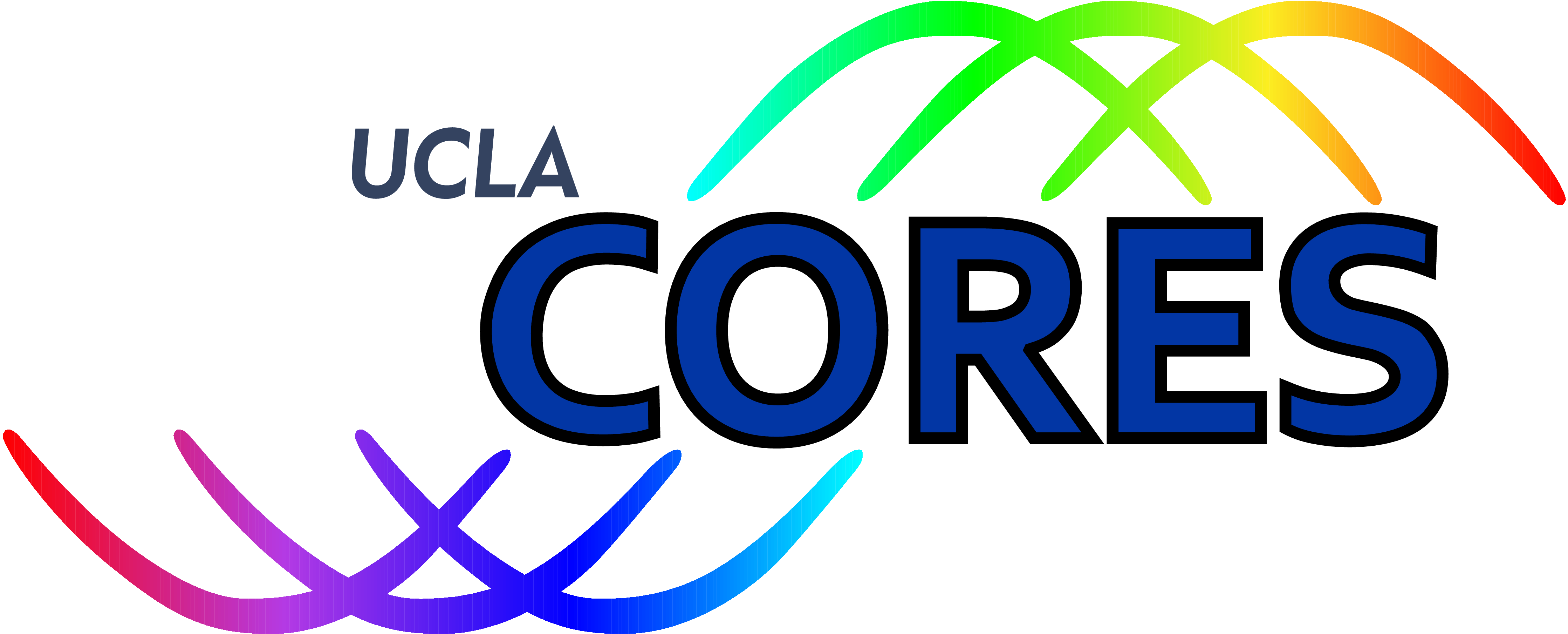
Cognitive Reconfigurable Embedded Systems Lab

Millimeter-Wave Massive MIMO Mobile Network: Beam Association and Handover in Ultra-Dense Network

In millimeter wave networks, a high density of base stations is required to avoid outages resulting from the propagation loss and signal blockages. In order to compensate for the signal losses, it has been proposed to equip mmW transmitters and receivers with large number of antennas, which enables forming of narrow beams with high beamforming gains. However, it is not feasible to provide one RF chain per antenna due to high cost of hardware, especially ADC. In order to reduce the hardware cost, a hybrid analog and digital beamforming architecture has been proposed where the number of RF chains, K, is orders of magnitude smaller than the total number of antennas N. A BS can form only K independent beams and serve K UEs at any given instant. Therefore, providing sufficient data rates for a large number of users becomes a challenge and requires judicious allocation of BS resources to the associated UEs. Further, a dense deployment of base stations may result in frequent handovers which impedes seamless data transfer. We address these challenges in the following tasks
1) Beam association and resource allocation (BA/RA): In this task, we will develop an algorithm to associate UE beams to BS beams. We exploit the fact that in UDN one UE can be associated with and receive data from multiple BSs in its vicinity using multiple RF chains. The proposed algorithm allocates time domain resources at BS to associated UE beams and optimizes the beam widths at UEs and BSs to provide robustness against beam alignment errors. The objective of this task is to serve the maximum number of UEs in the network with required data rates.
2) Mobility management and handover: In this task, we propose a two step handover procedure consisting of link update and joint BA/RA with handover. In the first step, we update the link parameters (channel gain, AoA, and AoD) for links with low received SNR. The proposed link update procedure requires lower signaling overhead than existing methods. In the second step, the BA/RA and handover problem is jointly solved in order to reduce the number of handovers by optimizing beam widths at UEs and BSs.
Staff
- Primary Investigators: Danijela Čabrić
- Students: Han Yan and Veljko Boljanovic
Selected publications
- H. Yan, V. Boljanovic, D. Cabric, “Tracking Sparse mmWave Channel: Performance Analysis under Intra-Cluster Angular Spread”, in IEEE SPAWC 2018.
Project page
Visit the dedicated page for more details.